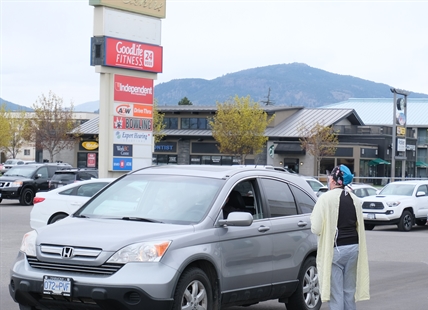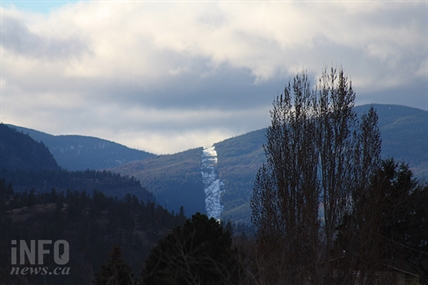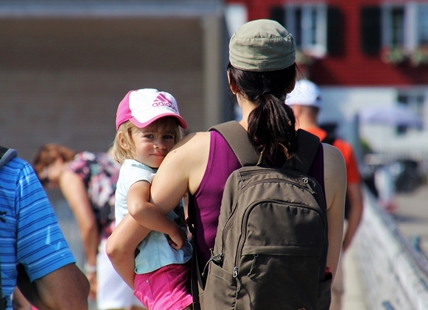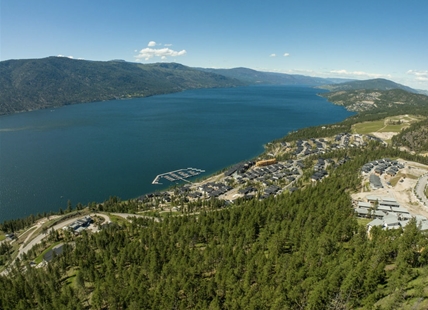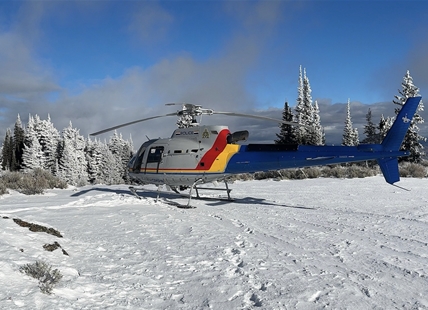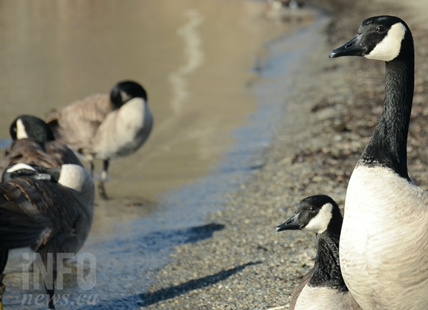Two years ago today first COVID case discovered in B.C.
Today, Jan. 28, marks the second anniversary of the first COVID-19 case in B.C. Technical briefing documents released by the provincial government show where we’ve come to in the pandemic. Today, 51% of eligible children 5 to 11 years old have received their first dose of a COVID...
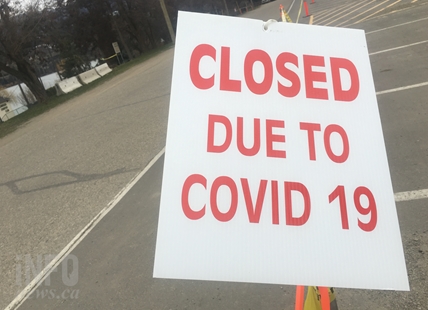
Today, Jan. 28, marks the second anniversary of the first COVID-19 case in B.C.
Technical briefing documents released by the provincial government show where we’ve come to in the pandemic.
Today, 51% of eligible children 5 to 11 years old have received their first dose of a COVID vaccine, as have 92.6% of those over the age of 12 and 90% have received at least two doses.
On the negative side, there have been 314,522 confirmed cases of COVID in B.C., although three to four times that many people may have been infected and not tested. With the new, highly contagious Omicron variant, only those over the age of 70 or people with compromised immune systems are being tested.
There have been 15,225 people in hospital with COVID over the two years and 2,554 have died.
While the numbers of cases has skyrocketed with Omicron, a graph in the presentation shows the case counts are now on their way down.
The first wave of the pandemic started with that first case and was fought by a lockdown of many services. Non-urgent surgeries were cancelled on March 15, 2020, and a public health emergency was declared on March 17 that remains in place.
That wave ran though the May long weekend before many restrictions were relaxed.
READ MORE: COVID-19: A timeline of the pandemic and how it changed our lives over the past two years
The second wave hit in the fall of 2020 with new rules put in place in mid-October. Masks were required to be worn indoors as of Nov. 19, 2020.
The first vaccine was administered on Dec. 15 and small outdoor gatherings were allowed on March 11.
But, it wasn’t long after that, March 29, that “circuit breaker” restrictions on things like indoor dining and fitness centres were imposed as the third wave hit.
As more people got their first dose of vaccines, restrictions were again eased starting on March 25, 2021.
The fourth, or Delta, wave hit in the Central Okanagan first. An outbreak for the region was declared in early August and triggered strict restrictions. It was followed by mandatory vaccinations being ordered first for workers in long-term care than for many other workers.
By Nov. 1, 90% of people over the age of 12 had received one dose of vaccine and children 5 to 11 started getting vaccinated by the end of the month.
But that was just after the first Omicron case was detected on Nov. 22. That triggered that pandemic’s fifth wave and quickly became the dominant strain as case counts soared to record levels, causing the government to accelerate its booster program.
School was delayed for a week after the Christmas break so more protections could be put in place and, while fitness clubs were able to reopen, the requirement for the B.C. vaccine card and other restrictions were extended.
Provincial health officer Dr. Bonnie Henry announced last week that the fifth wave had peaked at the end of December and the world should look a lot different by Easter.
To contact a reporter for this story, email Rob Munro or call 250-808-0143 or email the editor. You can also submit photos, videos or news tips to the newsroom and be entered to win a monthly prize draw.
We welcome your comments and opinions on our stories but play nice. We won't censor or delete comments unless they contain off-topic statements or links, unnecessary vulgarity, false facts, spam or obviously fake profiles. If you have any concerns about what you see in comments, email the editor in the link above.

 Valandos
Valandos 







